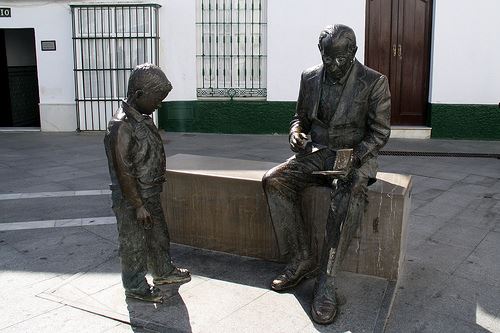Legal tip 699. How to stop your company´s debts on you
Friday, February 10, 2012 @ 1:38 PM
If we are or were legal managers of a company of limited liability in Spain (SL or SA) and decided or are deciding to close it, it is not enough to just close the door and run. We need to close and liquidate the company and, in some cases, to ask for the protection of the creditor´s meeting status. Otherwise, all the debts of the company can be transferred and imposed against you and your assets worldwide as legal manager of said company.
In this state of economic difficulties, it is common that many entrepreneurs, being desperate because they cannot get on with their business, decide to close and cease trading. It is common to be uncertain on what to do then: Just close and liquidate? File for bankruptcy? Apply for inactivity status? Do nothing? Wait and see if we can restart activity in the future?
Costs and especially the so many administrative procedures for dissolution and liquidation or for bankruptcy application drive many managers to just leave it idle or do nothing.
This can have very unpleasant consequences.
It is true that changing the company status to inactive is a simple process: it only requires the application through the corresponding form.
But we must not forget that although the company is inactive, there remains the obligation to continue to file corporate tax and financial statements. That is, although the company has no commercial activity is still subject to some obligations with the Treasury and the Commercial Registry. To leave a company inactive, especially if it has debts, is not correct, mainly because its legal closure will not happen until this is dissolved and completely liquidated.
The final dissolution prevents a company to generate for their partners tax and commercial obligations and, most importantly it prevents managers to become liable with their worldwide assets of the unattended corporate debts and duties.
And old, related post:
http://www.eyeonspain.com/blogs/costaluz/3701/legal-tip-297-differences-between-dissolution-of-a-company--and-creditor%C2%B4s-meeting-status.aspx
Have a great weekend!
María
.jpg)

"2011 Conil de la Frontera", Cádiz, Spain, by jose_gonzalvo,at flickr.com